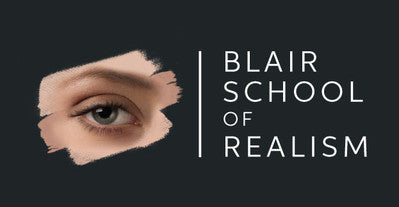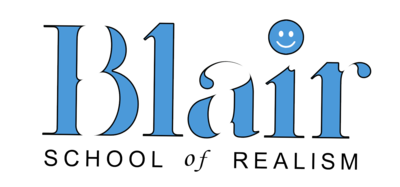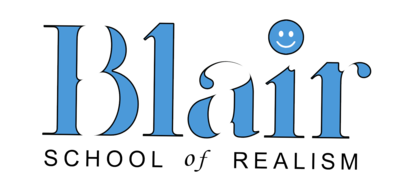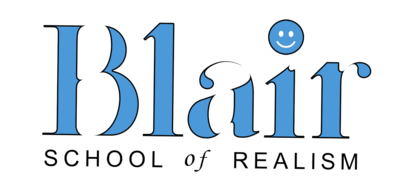This is your opportunity to learn from the Master
Anthony Waichulis is regarded as the finest living Trompe L'oiel painter. His illusions are so powerful that many people think that the painted objects are physically present!

Prepare for an intensive weekend
Anthony doesn't hold back when he conducts a workshop. His explanations will take you from basic materials to finish considerations in a few days.
A focused and engaging workshop
Anthony is no stranger to education, operating 6 art academies simultaneously. His passion for art and teaching makes this the ideal workshop for anyone who is looking for major artistic growth.

Day One Itinerary
1. Introduction to Basic Materials
2. Substrate, Ground, Paint, Palette, and Brush Considerations
3. Small to Big---An “untraditional” approach to painting.
4. Cartoon/Survey Establishment
5. Students: First Layer High-res Painting Attempt #1
6. Instructor: First Layer High-res Painting Demonstration
After a walkthrough of the basic materials and early fundamental considerations, attending artists are asked to attempt a single grid cell from a supplied reference material (with a window-shading dynamic.) Anthony will supply the reference materials. Artists can (and often should) use their own approach to establish, as they best see fit, an initial layer. Anthony will then demonstrate his approach to the same cell, focusing on concepts like SNAG (survey, notan, anchors, gradations), palette calibration, color strategies, etc.

Day Two focus and activities
Introduction to Primary Paint Surface Considerations
Sinking, Seams, Aggregate Issues, Voodoo Darkening, and other Indirect Painting Considerations.
First Layer Evaluation and Second Layer Initiation (Instructor: Demonstration, as students are often limited in second layer attempts here because "drying" may have been slow the previous day).
Connecting the Alla Prima to High-Definition painting.
Whereas the focus of painting on day one is on content/image information—day two works to maintain or refine said information with an additional focus on surface/finish considerations. Students then engage in additional grid cells of the supplied reference material and add in anticipatory surface development considerations. In the afternoon, students engage in one short alla prima painting to experience the perceived similarities and differences to the earlier experiences of high-definition painting. Anthony will then connect the two conceptually and physically to further show how experience with, and concepts of, either can impact the other.
Day Three focus and activities:
Layer Two Analysis and Further Strategies for Potential Development.
Additional Considerations of Finish.
Practical Exercises to Improve Deliberateness in this Context.
During the last day of the workshop, Anthony aims to offer all attendees several practice activities that can improve the practitioner's control. Attendees can begin engaging in these or continue with the high-definition project started on day one. Anthony will continue to assist and demonstrate as needed, answering any remaining questions that may arise.
.

General Materials Anthony will be Using:
A White Melamine Palette
A set of Winsor & Newton Oil Colors: Titanium White, Naples Yellow, Cadmium Yellow Light, Cadmium Red Light, Cadmium Red Medium, Permanent Alizarin Crimson, Ultramarine Blue, Phthalo Blue, Permanent Green Light, Burnt Umber, Raw Umber, Lamp Black.
A tube of Maroger Venetian (formerly Italian) Wax Medium
Varied sizes of Bristle Filbert brushes, A varied collection of Dynasty and Black Silver Dynasty Rounds brushes, a number of Winsor & Newton Sceptre Gold II series 101 Brushes size 000 and 0000 (Anthony's go-to small-scale brushes), and several other types of synthetic rounds.
A Pin-Vise metal Stylus
Several Pre-prepared (Acrylic Gesso (Dispersion Primer)) primed ¼" Masonite.
Several Canvas boards for practice and Alla Prima use.
A Palette Knife
Graphite Pencils (soft to medium hardness.)
A Bar of Ivory Soap and a spool of Cotton Thread (for end-of-day Brush Cleanup.)
A closed container for Drying Brushes and Palette.
Paper Towels
Mahl Stick
2.5x Clip-on Magnifying Glass
Getting to Charleston
Students choosing to fly should plan on arriving the evening before classes. The Charleston, SC International airport is about 25 minutes from the Blair Center at 1125 Bowman Road, Mt Pleasant, SC. Try to arrive the evening before the workshop begins. We offer a free shuttle that will depart the Charleston airport at 7:30 pm on , May 21st. We will also provide a shuttle to the airport Sunday Afternoon to arrive at the airport at 4:pm. Charleston, but there are plenty of taxis and Uber options. For those flying out on Sunday, be sure to schedule your flight after 5pm to allow time to get to the airport.
Lodging
Our facilities in Mt Pleasant do not have lodging, however, there is a DoubleTree by Hilton hotel just a 10-minute walk from the school. There are also plenty of hotels and Airbnb options available to students in Mt Pleasant. We are currently negotiating a discount rate with several hotels for students. We will provide you with the option as soon as the deals are finalized. Weekday hotel rates are less expensive than weekend rates. You will want to arrive the evening before the classes and depart on the last day of class, or by our shuttle on Sunday afternoon.
Transportation
Many students will be driving, and often are willing to provide transportation to and from the hotel for fellow students. Otherwise, Uber or Lyft is always available as an inexpensive option.
Meals
There are a number of good restaurants near the school. We will have a 1-hour lunch break around 1 pm every day. Students are responsible for their own meals.
We offer enrollment through our sister site: The Blair Center for the Arts page
